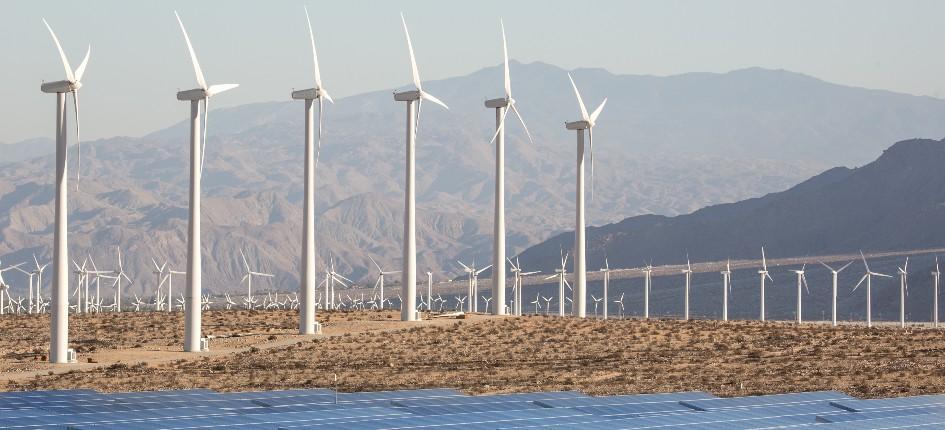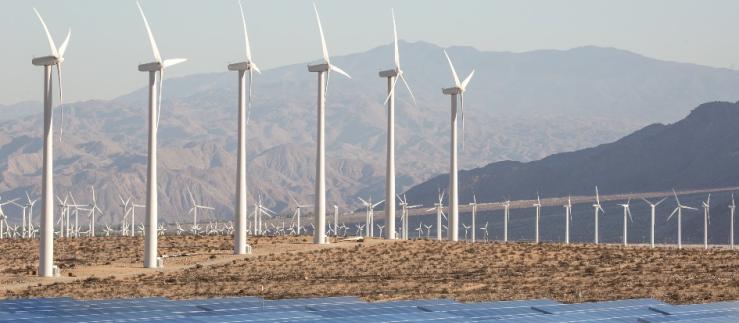The CBAM introduces a levy on imports of certain goods. Initially, iron and steel, cement, aluminum, fertilizers, electricity and hydrogen will be affected. The customs tariff numbers covered by CBAM are listed in Annex I of EU Regulation 2023/956 (page 39).
It is expected that the list of tariff numbers covered by CBAM, will be expanded from 2026. By 2030, all goods covered by the EU Emissions Trading Scheme will be included.
Goods originating from EFTA or EU (according to the EU’s non-preferential origin rules) and shipments with a value of up to EUR 150 will be exempt from the CBAM.
The CBAM rules will apply from 1 October 2023, with a transitional period until 31 December 2025. During the transitional period, importers or indirect representatives (e.g. in the case of non-resident importers) must report the importation of the goods affected into the EU on a quarterly basis via a CBAM report. The report must contain, inter alia, the following information about imported goods:
- Imported quantity
- Direct emissions
- Indirect emissions
- Carbon price paid abroad
If the actual direct and indirect emission values are not available, standard values may be used.
After the transitional period from 1 January 2026 ends, EU importers must financially offset the direct or indirect emissions caused by the production of the imported goods by purchasing CBAM certificates in advance.
To explain the system, the EU has published a guideline for EU importers and an e-learning (nano-learning module).








